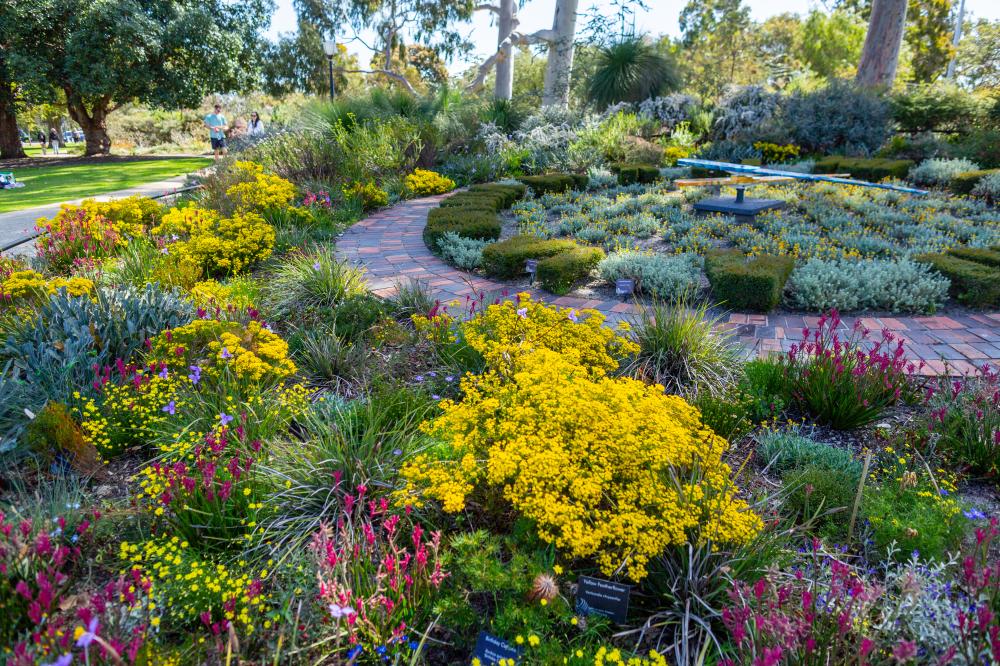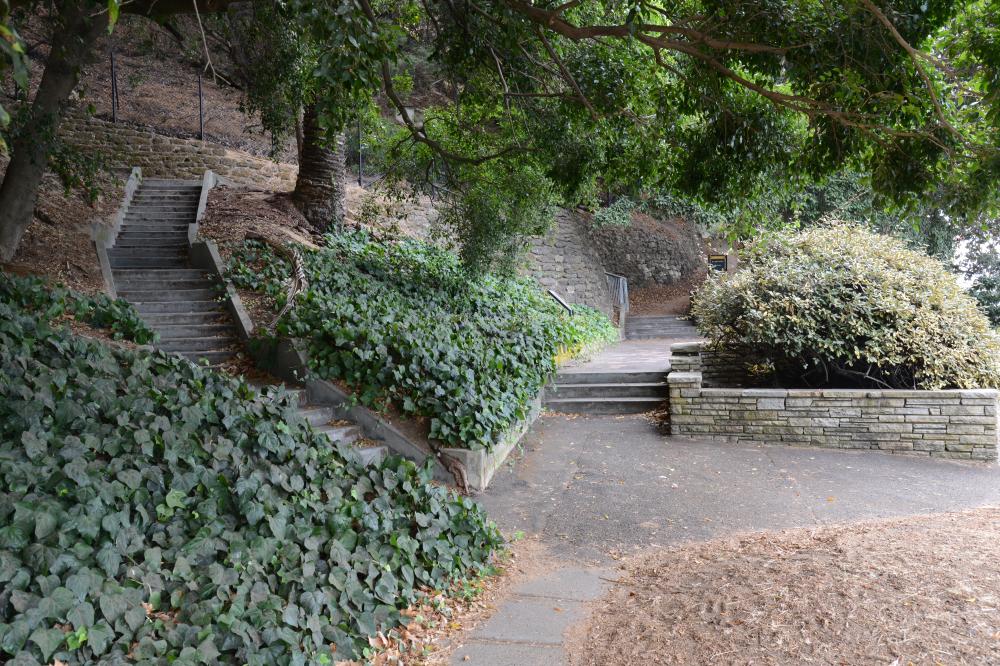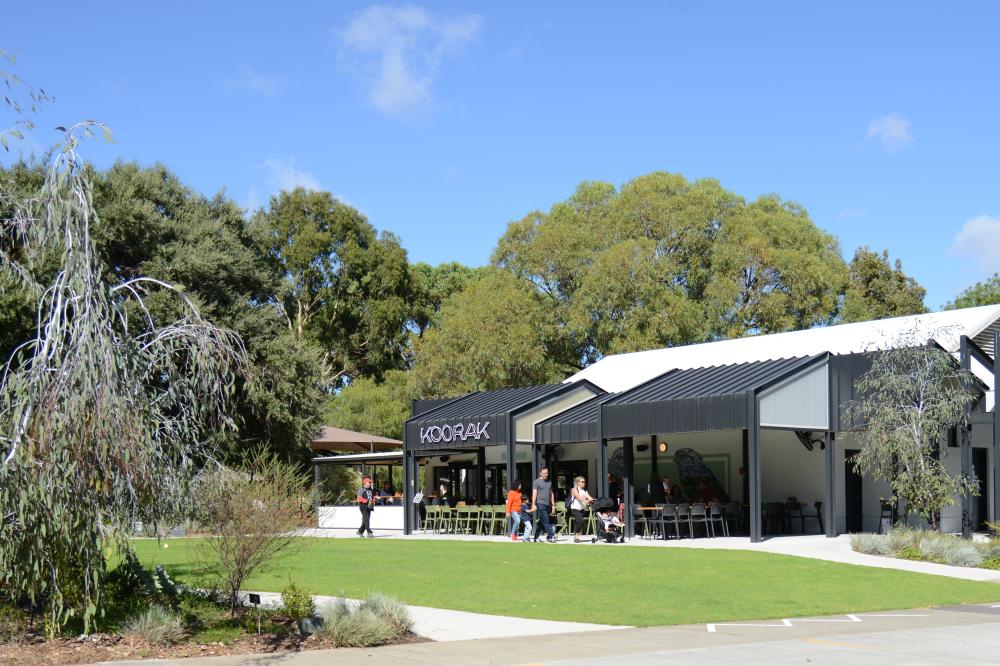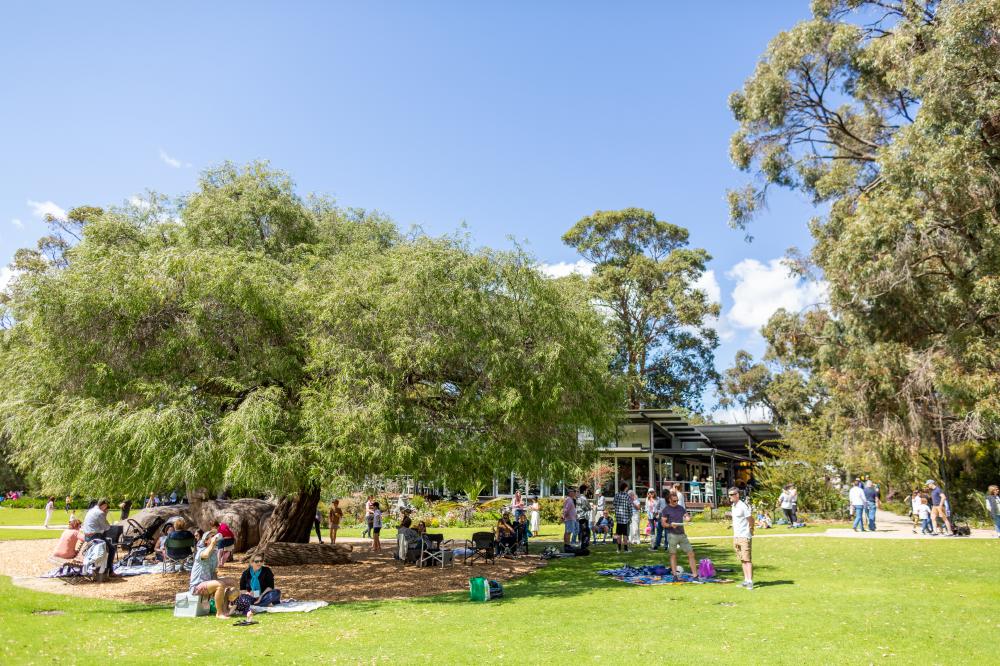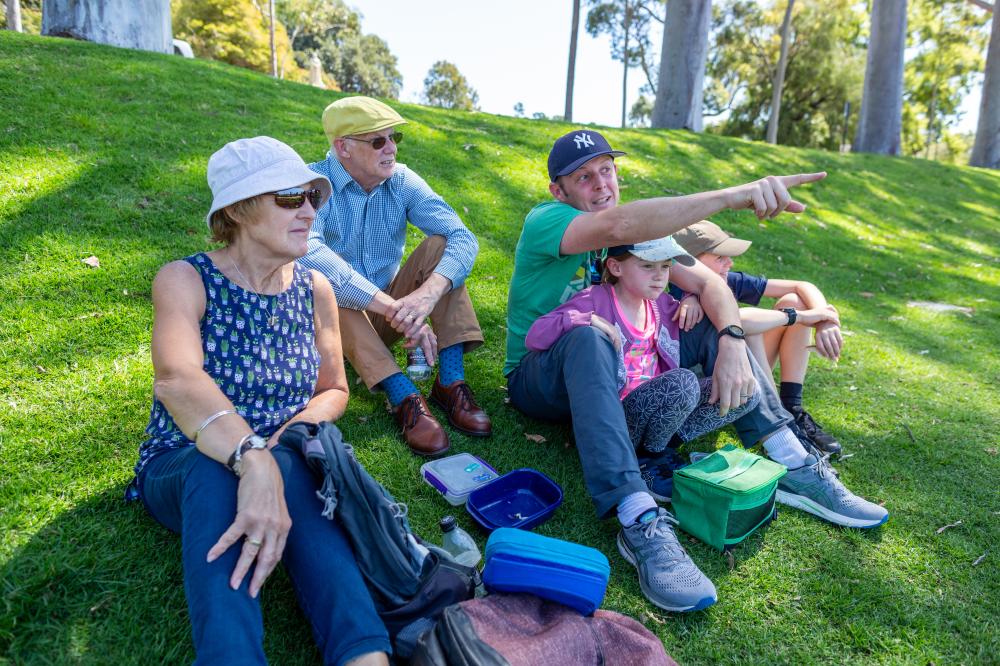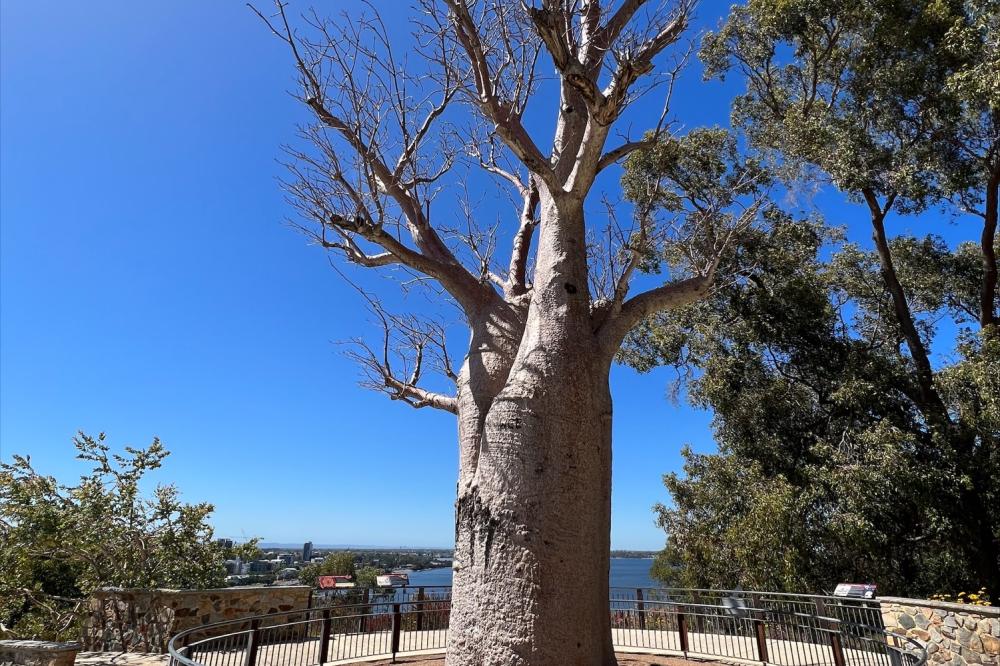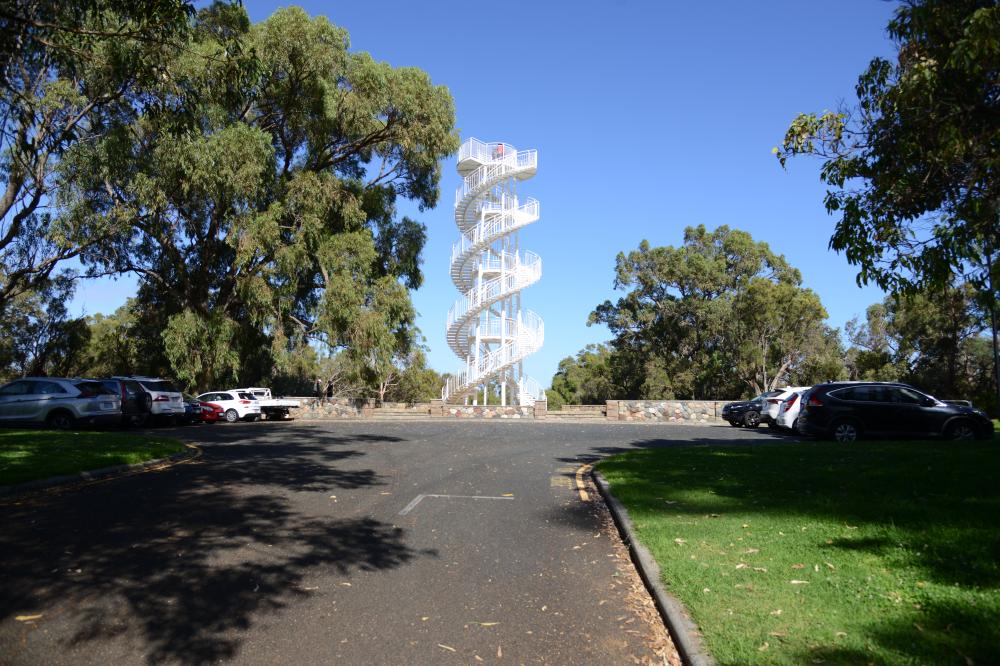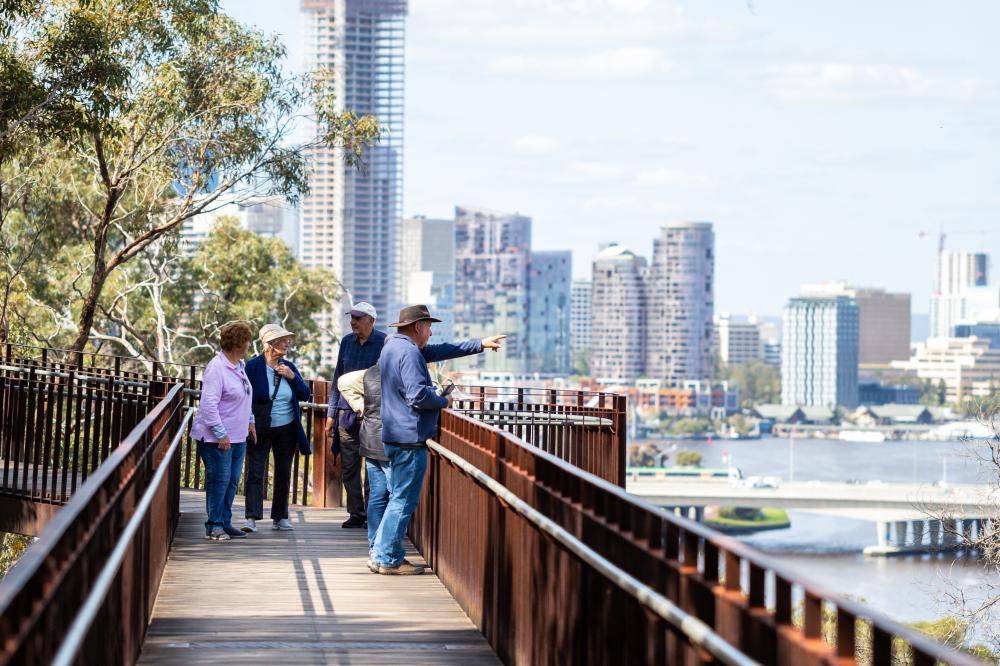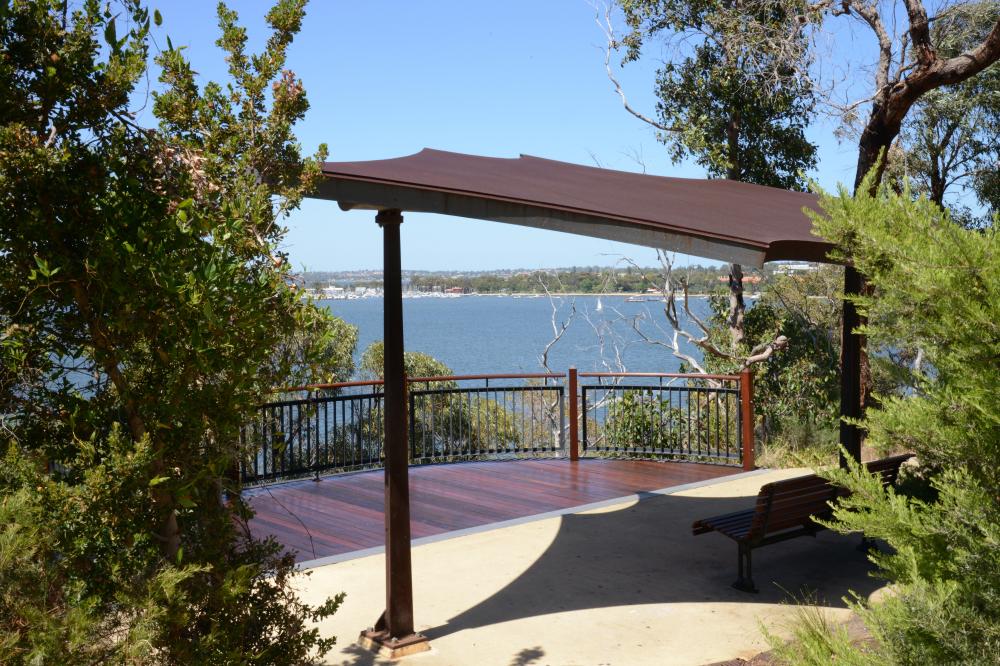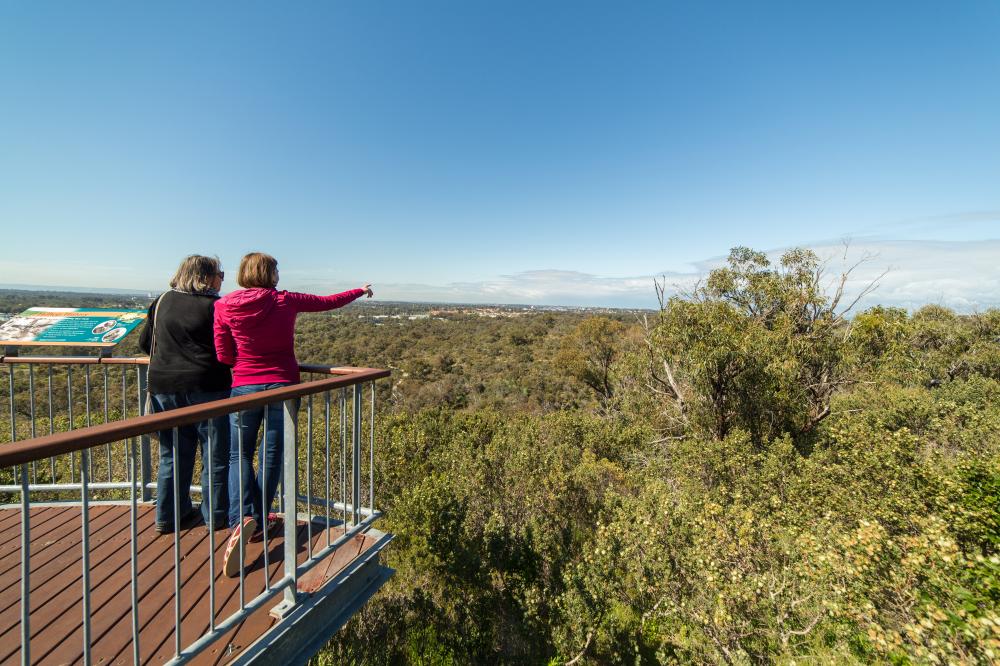Bold Park Bushland
As you walk the trails and gaze upon the canopy of Bold Park bushland, you would never know you’re in the heart of Perth. In fact, Bold Park is the largest remaining bushland remnant in the urban area of the Swan Coastal Plain!
The magnificent Tuart and Banksia Woodlands and limestone heaths are bursting with wildlife, some who call the park their own and others who migrate seasonally – such as the colourful rainbow bee-eater, travelling all the way from northern Australia to breed in spring.
What makes Bold Park so important?
Bold Park bushland supports a rich biodiversity, with at least:
- 310 species of local native plants.
- 86 bird species, 28 reptile species and hundreds of different invertebrates, including 14 native butterfly species and 43 native ant species.
- If you look carefully you can spot 345 species of fungi and slime moulds amongst the wilderness.
Comprising 442 hectares of coastal bushland approximately eight kilometres from the City of Perth, Bold Park was designated as an A-class reserve in 1998.
Most of the park is Banksia and Tuart Woodland. The woodland is important for birds who nest in tree hollows or build stick nests – like the tawny frogmouth – and many species of insects and larvae inhabit woodland plants.
The lower Camel Lake area is a seasonal wetland with water-loving trees such as flooded gum and swamp banksia not seen elsewhere in Bold Park, and as you walk along the Camel Lake Heritage Trail you will be surrounded by jarrah and marri trees.
What can I see in Bold Park bushland?
If you listen, you may hear the happy crunching of the red-tailed black cockatoo, the calls of the striated pardalote or even the deep croaks of the highly unique turtle frog.
Native flowers can be enjoyed year-round, with banksias bursting into bloom along the tracks, including Banksia menziesii, Banksia attenuata and Banksia prionotes, and the bush is full of seasonal colour from kangaroo paws, cockies tongues, acacias and Swan River myrtle.
Bold Park bushland plays a crucial role
Bold Park provides important linkages to other bushland areas in Perth, including the coast and remnant vegetation within Commonwealth land (Campbell Barracks) to the south-west; Perry Lakes, Wembley Golf Course and Herdsman Lake to the north; Shenton Park Bushland, Underwood Avenue Bushland and Kings Park to the east; and Cottesloe Golf Course and Lake Claremont to the south. These linkages provide corridors for fauna to move between these areas, particularly when seeking refuge from disturbance events.
Nature and heritage
Noongar people have lived in the South West of Western Australia for over 45,000 years. They lived in harmony with their natural environment and led a sustainable life, moving from place to place as the seasons and resources dictated. Plants, mammals, reptiles and insects were used for food, shelter, clothing, medicine and crafting implements.
In Bold Park, look out for significant resources such as:
- Balga, grasstree (Xanthorrhoea preissii) The flower stalks were used as spears and leaves were used for weaving and thatching. Insect larvae, a protein rich food, were collected from inside the trunk.
- Marri (Corymbia calophylla) The resin of the tree was used to treat upset stomachs and skin conditions.
- Kardar, Gould’s monitor (Varanus gouldii). These lizards were hard to catch, but provided an important source of meat.


